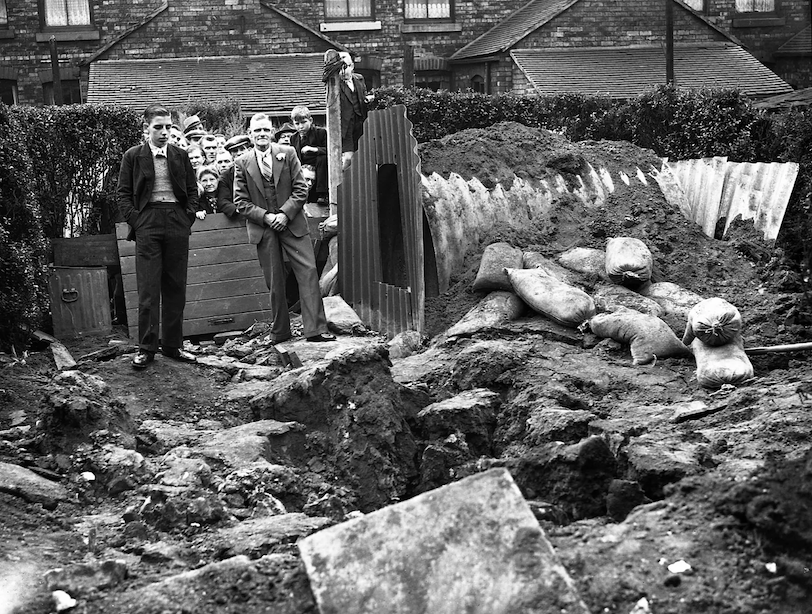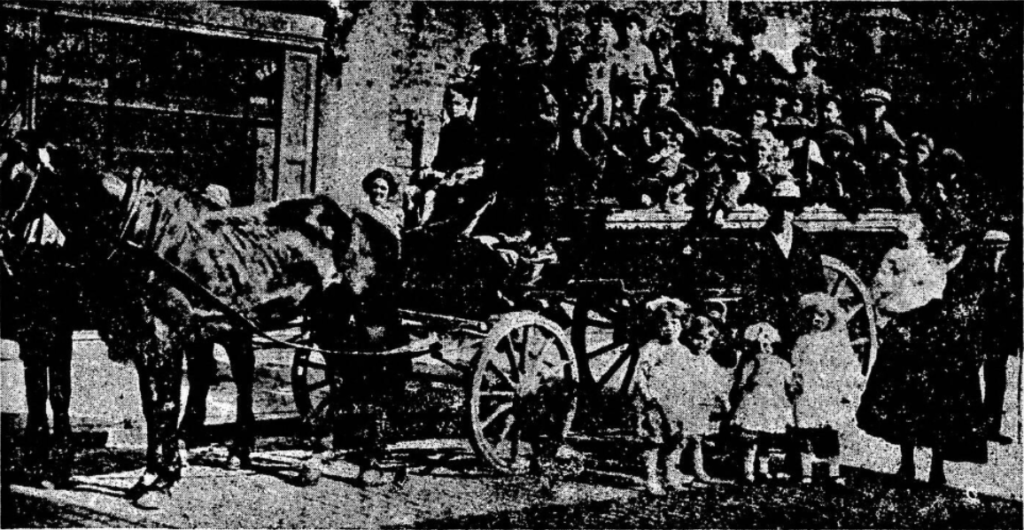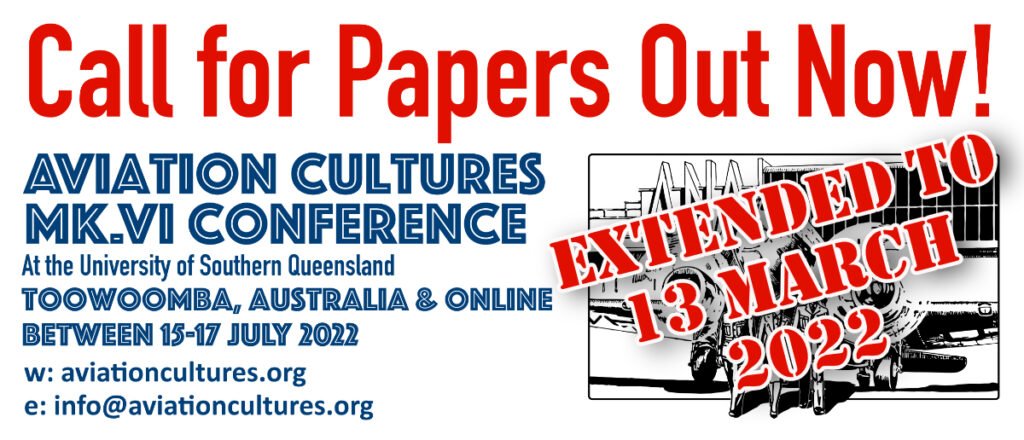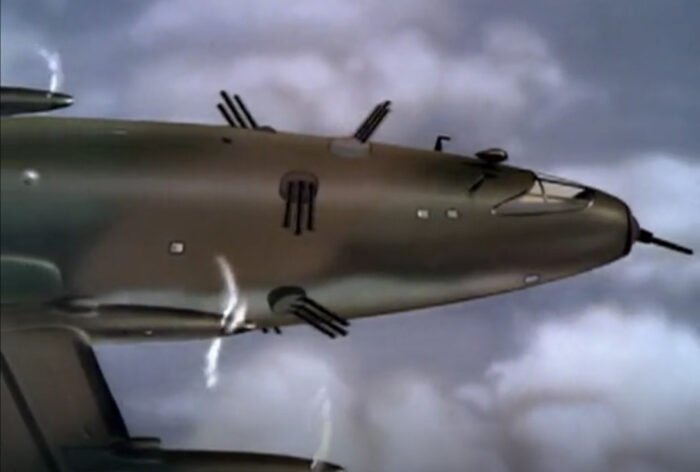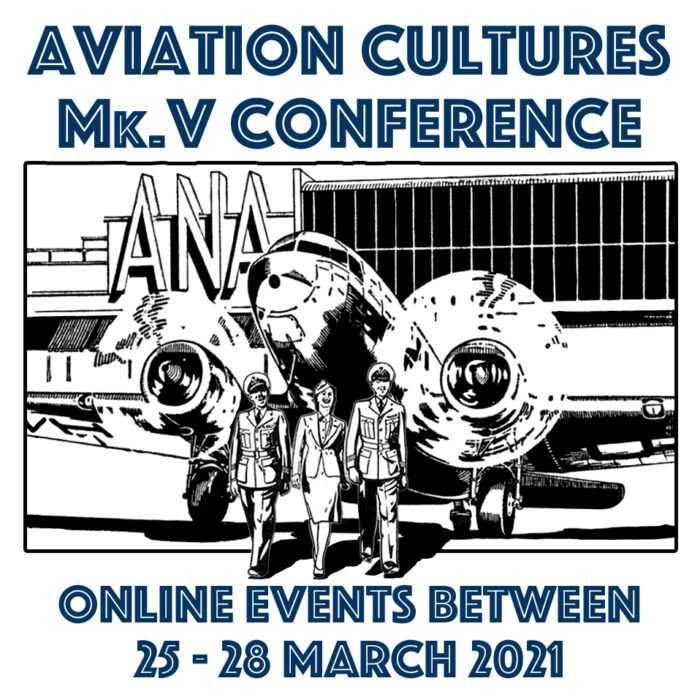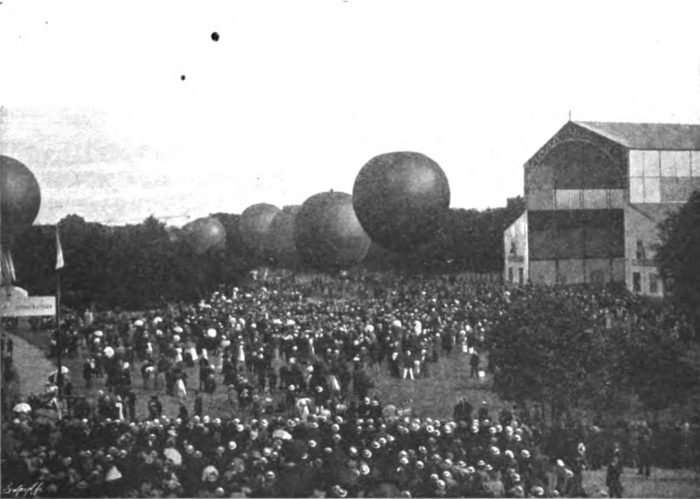Mutual aid in an air raid
In August 1940, the letter columns of the Stoke-on-Trent Evening Sentinel raged with an intense (if brief) controversy over the existence of unofficial civil defence groups known as ‘street patrols’. These were nothing to do with the national Air Raid Precautions (ARP) organisation, which among other things recruited air raid wardens to monitor and coordinate […]


